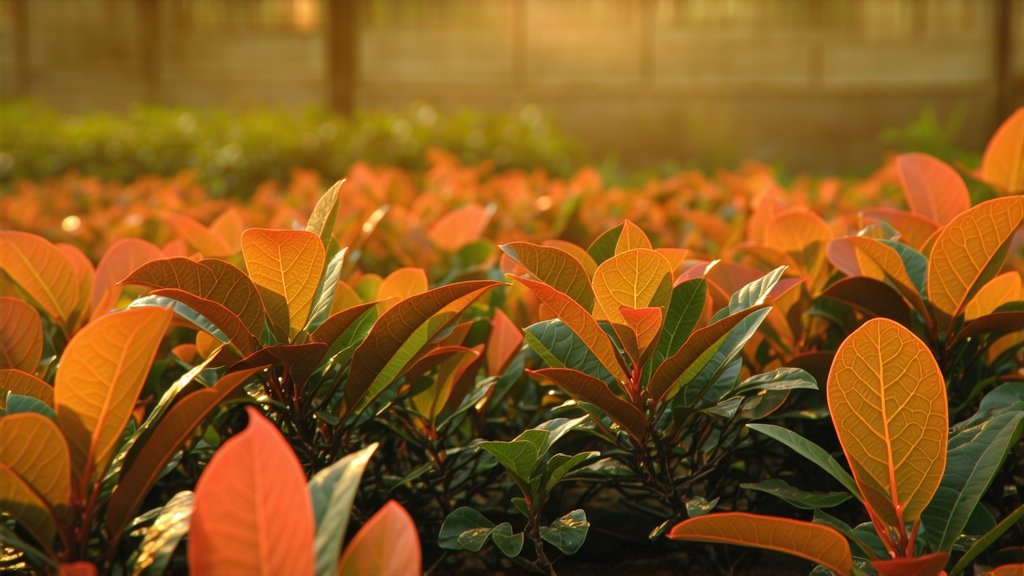
The world of tea is vast and diverse, yet few varieties capture the imagination quite like Da Hong Pao (大红袍), a revered oolong tea hailing from the misty peaks of China's Wuyi Mountains. As an embodiment of centuries-old tradition and meticulous craftsmanship, Da Hong Pao stands as a testament to the artistry that defines Chinese tea culture. This article embarks on a captivating journey through its storied history, intricate varieties, sophisticated production process, and the art of its appreciation, inviting global tea enthusiasts to discover the enchanting allure of this exceptional brew.
A Glimpse into History
Da Hong Pao, often translated as "Big Red Robe," is steeped in legend and lore. Its name traces back to the Ming Dynasty when, according to one tale, a scholar fell gravely ill while en route to the imperial capital for examinations. He was saved by a mysterious monk who brewed him a cup of this extraordinary tea, which miraculously restored his health. In gratitude, the scholar gifted his red robe to the monk, who then draped it over the tea bushes, giving them their distinctive moniker.
This mythic origin aside, Da Hong Pao's documented history dates back to the 14th century during the Ming Dynasty, making it one of the oldest known cultivated tea varieties. It has since been cherished as a symbol of prestige and enjoyed by emperors, scholars, and tea connoisseurs alike.
Varieties and Characteristics
Da Hong Pao is not a single tea but rather a category within the broader family of oolong teas. It encompasses several sub-varieties, each with its own unique characteristics and flavors. Among these, the most celebrated include:
-
Be Shui Pi Dan (北斗水仙): Recognized for its floral aroma and smooth taste, Be Shui Pi Dan is often considered the quintessential representation of Da Hong Pao's elegance.
-
Rou Gui (肉桂): Known for its spicy cinnamon notes, Rou Gui offers a bolder, more robust flavor profile compared to other Da Hong Pao varieties.
-
Shui Jin Gui (水金龟): With hints of rock or mineral undertones, Shui Jin Gui provides a complex flavor experience that reflects the terroir of the Wuyi Mountains.
Despite their differences, each variety shares common traits such as a deep, rich flavor, a lingering aftertaste, and a distinct "rock charm" imparted by the mountain's unique soil composition and climate.
The Art of Crafting Da Hong Pao
The creation of Da Hong Pao is an art form in itself, demanding precision and expertise at every stage of production:
-
Plucking: Only the youngest leaves and buds are handpicked during the optimal growing season, typically in late spring or early summer.
-
Withering: Fresh leaves undergo a gentle withering process to reduce moisture content and soften the cell walls, preparing them for rolling.
-
Rolling: Leaves are meticulously rolled to release enzymes necessary for oxidation while shaping them into tight spirals or twisted forms characteristic of oolong teas.
-
Oxidation: Unlike green teas, which are minimally oxidized, Da Hong Pao undergoes partial oxidation, striking a balance between freshness and complexity. This step is carefully monitored to achieve the desired level of oxidation.
-
Fixation: Heat is applied to halt oxidation and set the tea's flavor profile. This can be done through pan-firing or roasting over charcoal.
-
Shaking and Sorting: The tea is gently shaken to separate leaves from stems and sorted based on quality and size.
-
Drying: Finally, the tea is dried to remove any remaining moisture, ensuring longevity without compromising flavor.
Throughout this intricate process, skilled tea masters rely on their senses—sight, smell, touch—to gauge readiness and make adjustments as needed, ensuring each batch of Da Hong Pao embodies the essence of its terroir and the artisan's skill.
The Ritual of Appreciation: Gongfu Brewing
To truly appreciate Da Hong Pao, one must engage in the traditional Chinese tea ceremony known as Gongfu brewing. This method emphasizes control over temperature, time, and technique to coax out the full spectrum of flavors and aromas hidden within each leaf. Here’s a simplified guide:
-
Warm the Teapot and Cups: Rinse with hot water to cleanse and warm the vessels.
-
Measure the Tea: Use approximately 5 grams of Da Hong Pao per 100ml of water.
-
Initial Steep: Briefly rinse the leaves with boiling water (around 95°C/203°F) and discard this first infusion to 'wake up' the tea.
-
Subsequent Steeps: For subsequent infusions, steep for about 15-30 seconds initially, gradually increasing steep times as the leaves unfurl. High-quality Da Hong Pao can be steeped multiple times, each revealing new dimensions of flavor.
-
Savor and Reflect: Observe the tea's color, inhale its aroma, savor its taste, and appreciate its texture. Each aspect contributes to a holistic sensory experience.
Conclusion
Da Hong Pao represents more than just a beverage; it embodies a cultural heritage that spans generations and bridges past and present. From its legendary origins to its meticulous cultivation and artisanal processing, this oolong tea captivates with its depth, complexity, and ability to evoke both tranquility and inspiration. As you embark on your own exploration of Da Hong Pao, whether through tasting or learning, may you find yourself immersed in the rich tapestry of Chinese tea culture and the timeless wisdom it imparts.